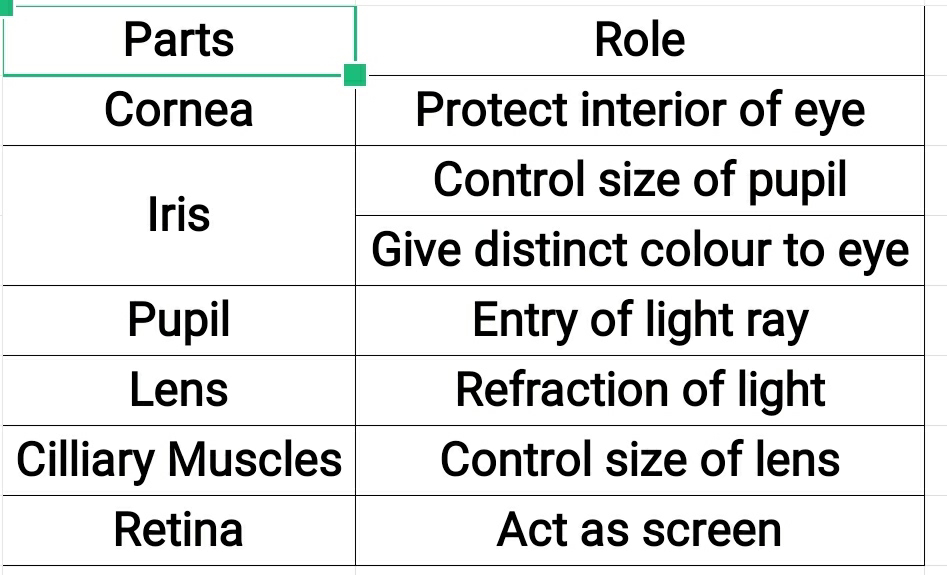Combustion and Flame NCERT Science Class 8 Chapter 6
Combustion and Flame
* Combustion-
- Combustion is a chemical process.
- In combustion, substance reacts with oxygen.
- Heat is given off.
Substance + Oxygen ----> Heat
- Example- Burning of paper or Magnesium
* Combustible substance or fuel -
- The substance that undergoes combustion, is called combustible substance.
- Example- Paper.
* Non-combustible substance-
- The substance that doesn't undergo combustion, is called non-combustible substance.
- Example- Stone
* Ignition temperature
Lowest temperature at which a substance catches fire is called its ignition temperature.
* Ignition temperature of wood is greater than that of kerosene. So, kerosene burns first and wood later.
Lower ignition temperature -----> Burns faster.
* Conditions necessary for combustion
(a) Combustible substance -
-Substance that can be burnt.
-Example- Paper
(b) Combusting Substance
-Substance that helps in combustion, i.e. oxygen.
(c) Ignition temperature
Lowest temperature at which a substance catches fire is called its ignition temperature.
* Inflammable substance
- Substance having very low ignition temperature.
- Easily catches fire with a flame.
- Example- Petrol, LPG etc.
* How do we control fire
- By spraying carbon dioxide
By spraying carbon dioxide, it covers the fuel.
Oxygen cannot come in contact with fuel.
Fire extinguishes.
- By pouring water
Water bring down temperature of fuel below ignition temperature.
Water cut off the supply of air.
Fire extinguishes.
* Types of combustion-
(a) Rapid combustion
(b) Spontaneous combustion
(c) Explosion
* Rapid combustion
The combustion where substance burns rapidly and produces heat and light.
* Spontaneous combustion
-The combustion where substance suddenly burst into flames without apparent cause.
-Phosphorus burn in air at room temperature.
*Explosion
-Combustion where substance burns and heat, light and sound are produced.
-Combustion of crackers is explosion.
* Different zones of flames
 |
| Different zones of a candle flame |
* Characteristics of good fuel-
- Good fuel is readily available.
- Good fuel burns easily.
- Good fuel has high calorific value.
- Good fuel does not leave behind any undesirable residue.
- Good fuel is cleaner fuel. (It doesn't cause pollution)
* Calorific value
The amount of heat energy produced on complete combustion of 1kg of fuel, is called calorific value.
- SI unit of calorific value is kilojoule per kg(kJ/kg)
* Burning of fossil fuels cause harmful products
 |
| Harmful effects of fuel combustion |

Comments
Post a Comment